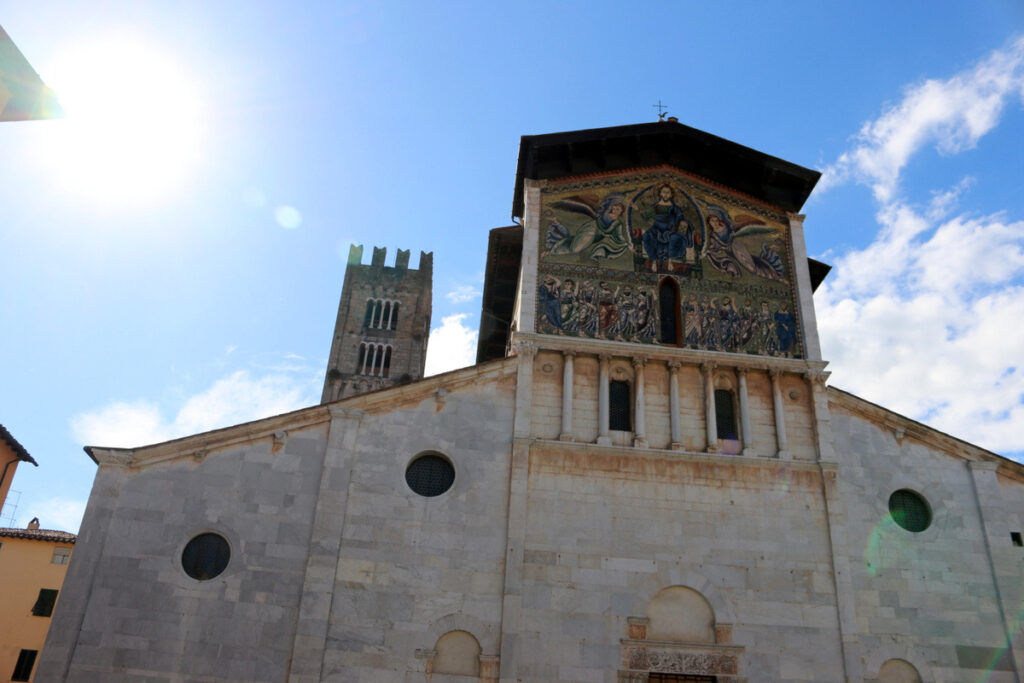FLORENCE, Italy (defeo.biz) — Tuscany is perhaps best defined by its beautiful countryside and fine wine.
Florence, home to the Renaissance, is a popular destination for many visitors to Italy. It is also the perfect city to serve as a base of operations for day trips.
Now, Tuscany looks like something out of a Bob Ross painting. Beautiful landscapes, rolling hills and happy little clouds.
That means it may be hard to pick a place to visit, but here are four Tuscan towns that are absolutely worth exploring.
Siena
Etruscans are credited with first settling the city between 900 BC and 400 BC. Famous for cuisine, art, museums and a town square that twice a year holds the Palio, a horse race, Siena was a powerful republic between 1125 and 1555.
The city is perhaps best defined by a stunning cathedral perched atop a hill. Siena Cathedral was built between 1215 and 1263, the cathedral is considered by many to be Italy’s greatest cathedral and among the most beautiful in Europe.
San Gimignano
San Gimignano is perhaps best known for its many towers, but the city was founded by the Etruscans, probably in the third century BC, but its history wasn’t documented until the 10th century. Just before 1000, the city’s first walls were built, and the city is known as the Town of Fine Towers due to its numerous towers.
Over the years, pilgrims traveling over the Francigena Way heading toward Rome and Vatican City stopped in the city. All was well with the city until the mid-14th century, when along with much of Europe, the plague hit.
Monteriggioni
The Sienese built Monteriggioni on a natural hill between 1214 and 1219 as a front line during their war with Florence. Most are the city’s medieval walls are intact, giving the city its distinctive cozy feel.
One highlight of the city is Chiesa di Santa Maria Assunta in the heart of the city. The austere church was built between 1213 and 1235, and despite its simple appearance, the church is remarkably beautiful.
Lucca
Like so many places in Tuscany and Italy, Lucca prides itself on its history.
Take the Piazza dell ‘Anfiteatro, for example. The ring of buildings surrounding the public square situated in the northeast quadrant of the city follows the elliptical shape of the former second century Roman Amphitheater of Lucca.
The city is popular among visitors because of its old town walls. Locals enjoy taking strolls along the city walls, which provide beautiful vistas of the surrounding countryside.
